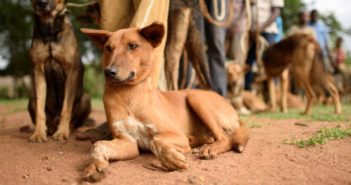
OIPA Kenya Launches Ambitious Spay/Neuter Assistance and Rabies Vaccination Program
The program aims to serve remote and under-served areas, and to reduce both pet overpopulation and human rabies deaths.

The program aims to serve remote and under-served areas, and to reduce both pet overpopulation and human rabies deaths.

Utilitarian philosophies and a focus on bottom-line effectiveness have brought the animal protection movement so far –– but we can’t expect to go much further unless these principles encompass more of the things that matter.

Governments might be able to prevent future pandemics by investing as little as $22 billion a year in programs to curb wildlife trafficking and stem the destruction of tropical forests.

In a survey of over 300 conservationists in 85 countries, 70 percent report critical work has been postponed or canceled.
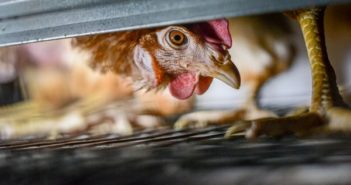
There is a fundamental and often-overlooked connection between pandemics such as the current COVID-19 crisis and our animal-based food system, says a major new report.
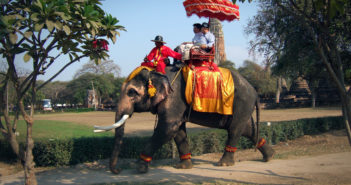
As many elephant owners in Asia are left without income from tourism, they are turning to breeding their elephants.
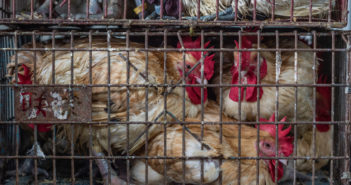
By supporting imprisonment as a solution to violence against animals, we are advocating that the oppression of being imprisoned itself is not a problem, but only who is being imprisoned.
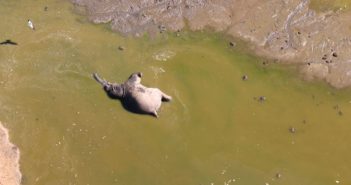
The carcasses of more than 400 elephants have been discovered in Botswana and nobody yet knows what’s killing them. The government appears to be dragging its heels in pursuit of answers.

Anger often drives people towards activism. But is advocacy grounded in anger effective?

How would universal basic income benefit vegans and the fight for animal protection?

What would it look like if the superhero’s sense of justice and compassion extended to non-humans too?
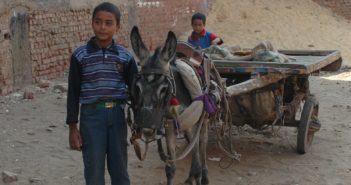
Recognizing the connections between animal protection and the SDGs can help advocates maximize impact, win government support, and collaborate with other stakeholders.